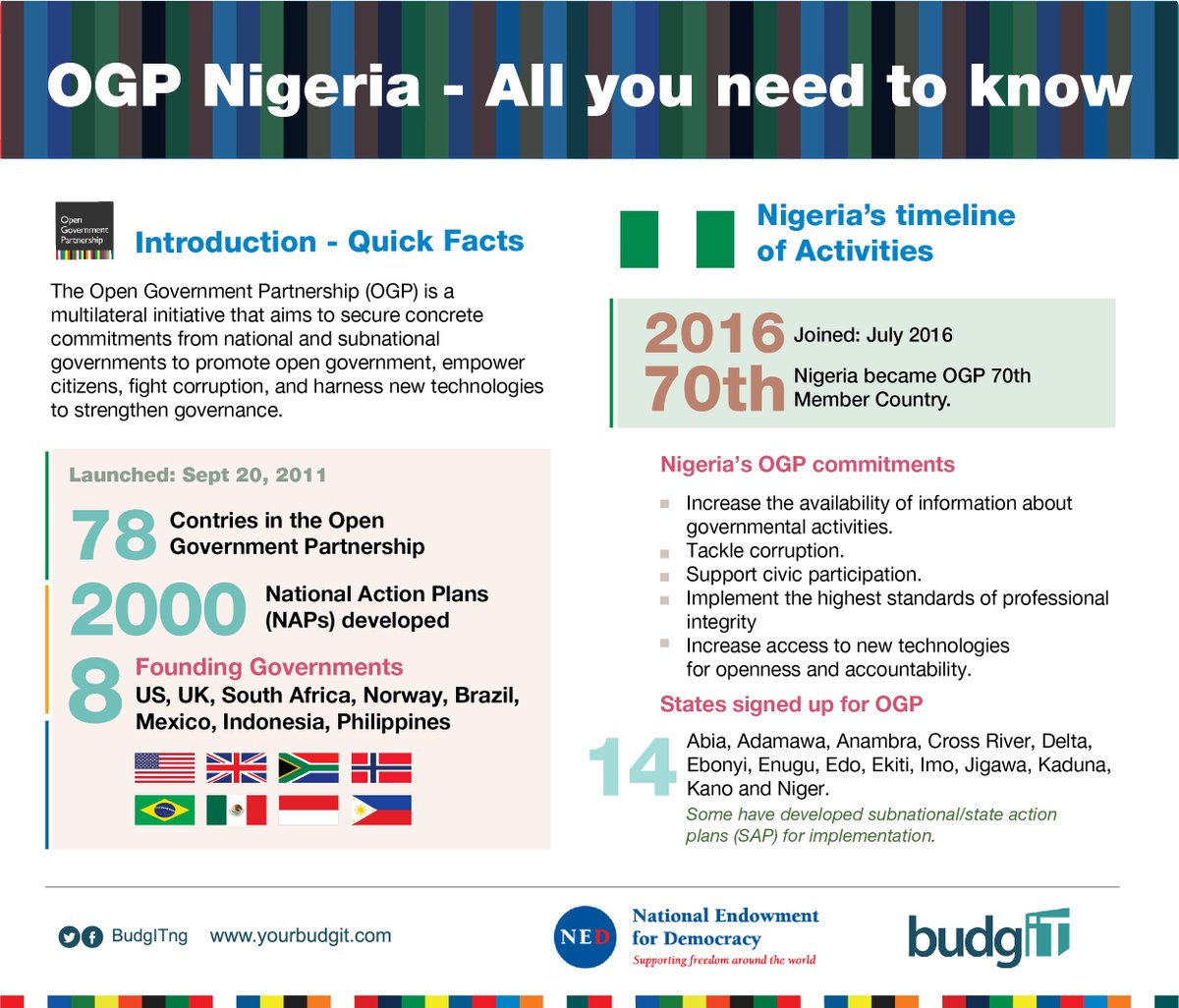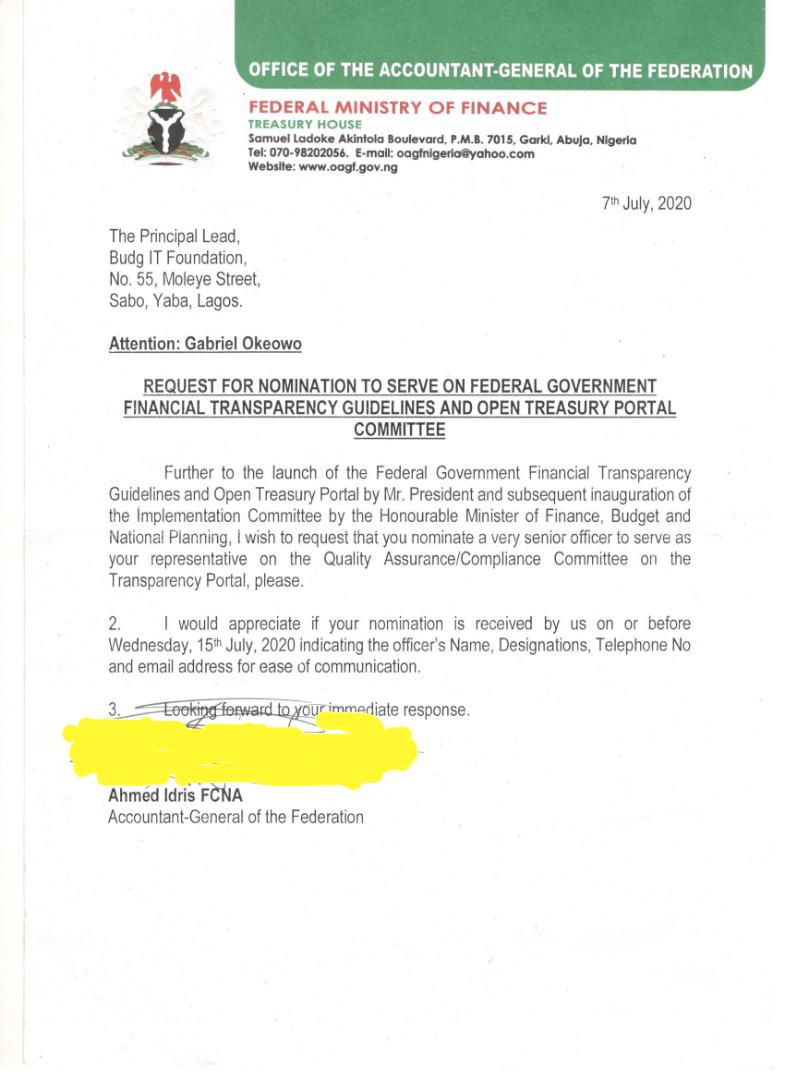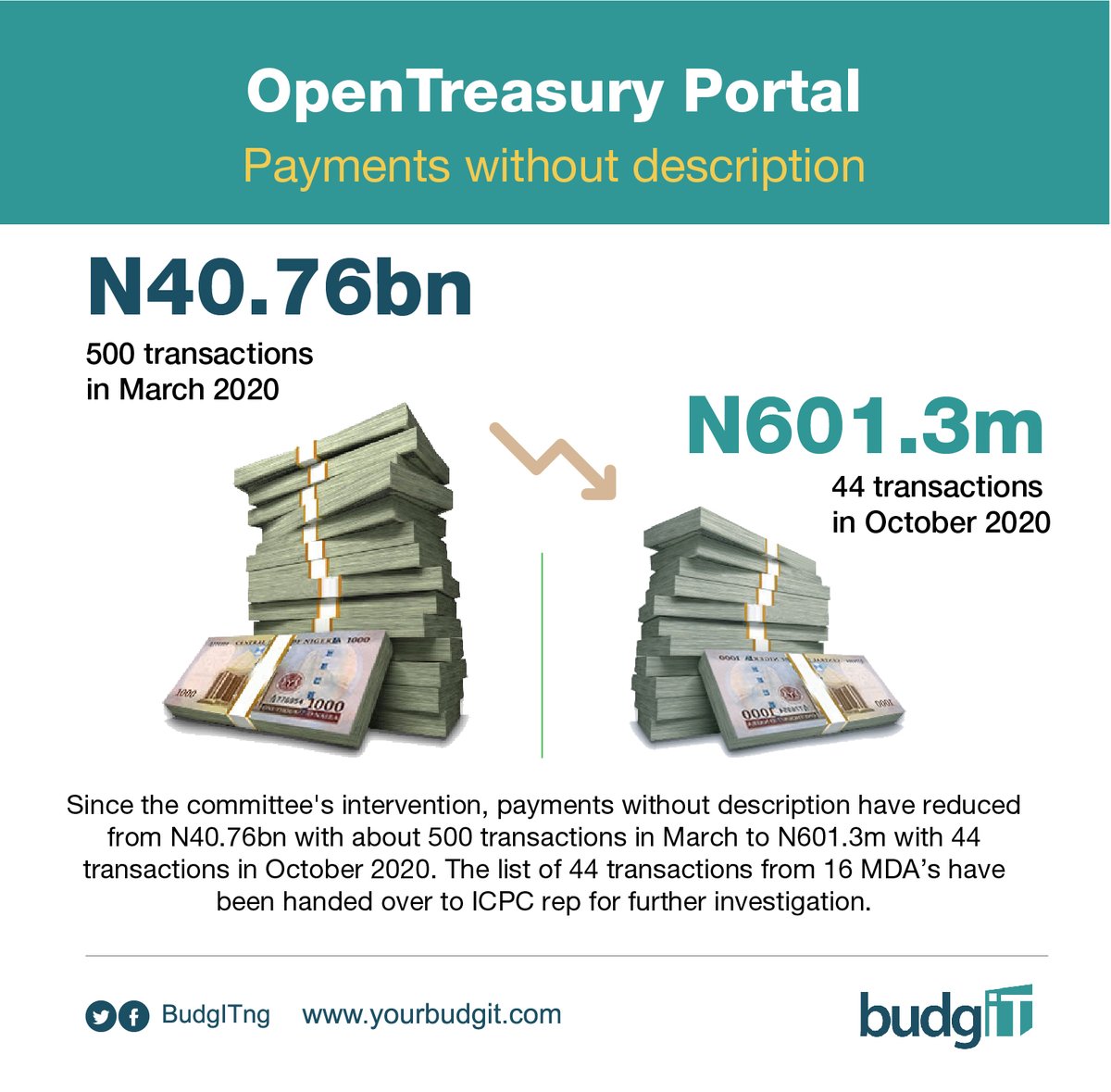
Let's talk about the Petroleum Industry Bill!
What is the bill meant to achieve in the oil & gas sector, and what are its governance provisions?
We've highlighted a few things you should know ahead of @housengr's public hearing on the bill, this week.
THREAD!
What is the bill meant to achieve in the oil & gas sector, and what are its governance provisions?
We've highlighted a few things you should know ahead of @housengr's public hearing on the bill, this week.
THREAD!

The Petroleum Industry Bill is an omnibus law meant to;
•Regulate the entire sphere of the oil and gas sector
•Repeal all current existing oil and gas legislation.
•Provide a framework for fiscal, governance, and
institutional aspects of the petroleum Industry.
#FixOurOil
•Regulate the entire sphere of the oil and gas sector
•Repeal all current existing oil and gas legislation.
•Provide a framework for fiscal, governance, and
institutional aspects of the petroleum Industry.
#FixOurOil

In clear terms, the PIB is meant to;
•Create an effective and efficient governing institution.
•Foster a business environment conducive for petroleum operations
•Promote transparency, good governance and accountability, among others. #FixOurOil
•Create an effective and efficient governing institution.
•Foster a business environment conducive for petroleum operations
•Promote transparency, good governance and accountability, among others. #FixOurOil

The institutions under the PIB include the Minister, NMDPRA, NURC, NNPC and Host Communities.
These institutions will be holding different functions from policy formulation and regulation to commercialization.
Details about their responsibilities👇 #FixOurOil



These institutions will be holding different functions from policy formulation and regulation to commercialization.
Details about their responsibilities👇 #FixOurOil




More details about the responsibilities of NMDPRA and NNPC 👇 #FixOurOil 







Speaking of the fiscal provisions of the bill, here's a detailed breakdown👇 #FixOurOil 







For a more robust insight on critical aspects of the Bill, our blog post provides helpful insights from partners and stakeholders.
medium.com/@BudgITng/nige…
medium.com/@BudgITng/nige…
Our tweet session with @Onuoha_Kach also provides insights on what to expect once the bill is passed, especially its effects on the downstream sector.
https://twitter.com/BudgITng/status/1327270073388724226?s=20
• • •
Missing some Tweet in this thread? You can try to
force a refresh





















